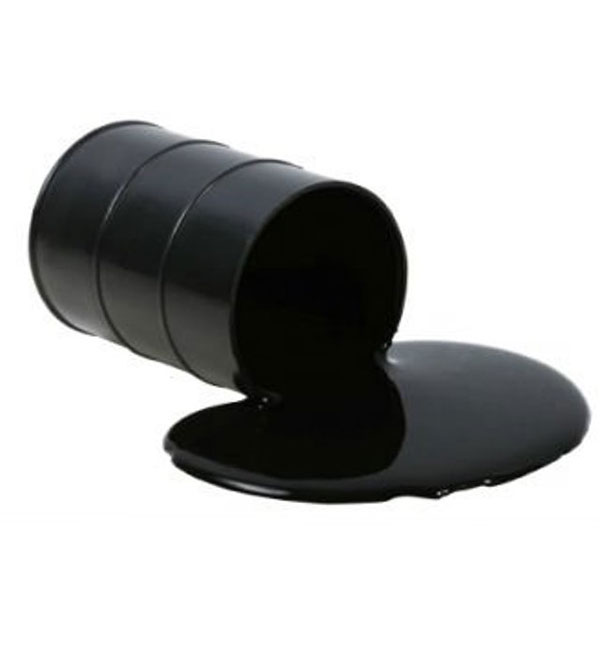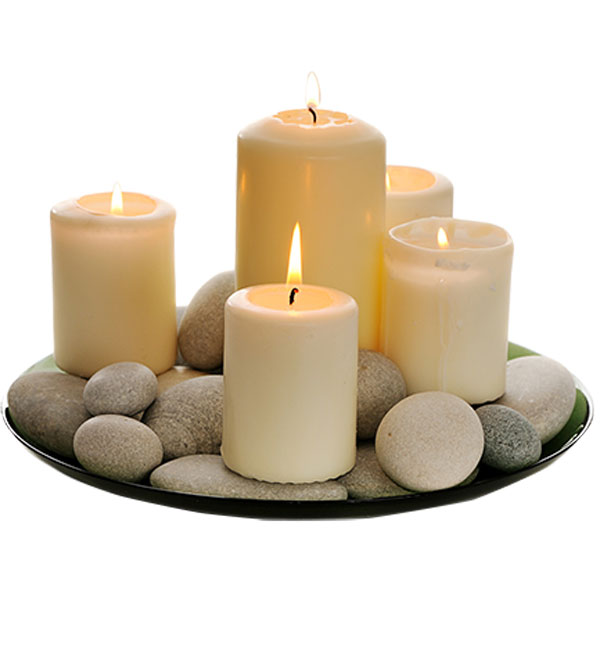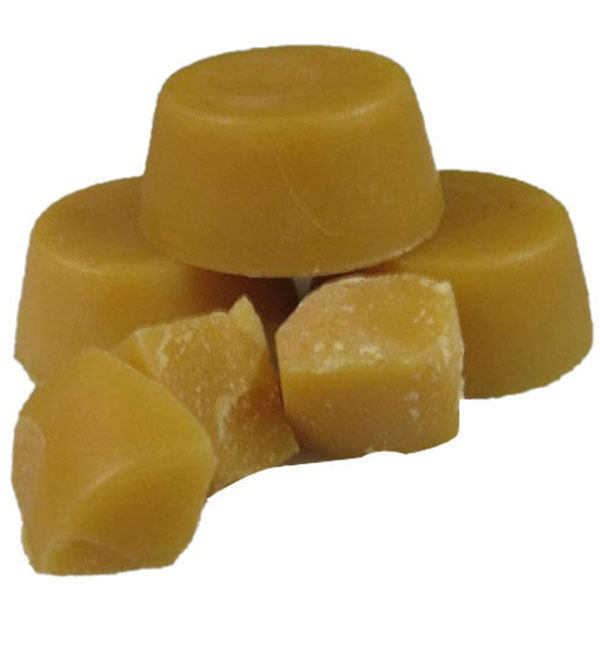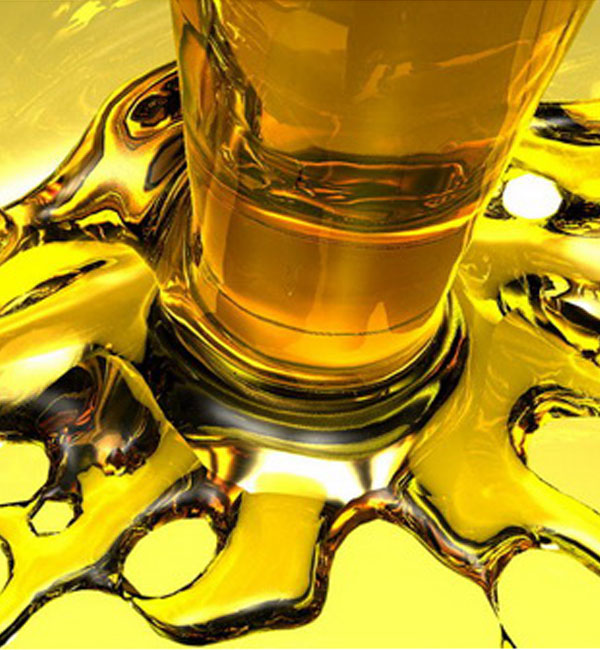
Bitumen is one of the material’s engineering that produced via crude oil distillation during petroleum refining and exists in many categories. Bitumen is dark viscous liquids or semi-solids that are non-volatile at ambient temperatures and soften gradually when heated. “Asphalt” is the most suitable way that used for a mixture of small stones, sand, filler, and Bitumen (~5%), which is used as a road-paving material. Bitumen emissions are defined as the complex mixture of aerosols, vapors, and gases from heated Bitumen and products containing Bitumen. Usually “Bitumen fume” is used in reference to total emissions, Bitumen fume comes from the aerosolized fraction of total emissions (i.e. solid particulate matter, condensed vapor, and liquid Bitumen droplets). basically, “emissions of Bitumen” is the best choice for referring to the whole content of Bitumen in air.
Bitumen in Different grade specifications, due to the physical properties, would be able to achieve for specific applications either directly via refining or by blending. For instance, the ordinary product is often referred to as “straight-run” Bitumen, in addition, usually, it is used in road-paving applications. as a result of blowing air through it at elevated temperatures to produce “oxidized” Bitumen, this basic product would be able to further process, which is most useful products for using in roofing applications. As a result of using these two products most commonly in industry, it will have defined to four additional classes that are produced to achieve specific physical characteristics by production process modification.


Paraffin wax, in the solid state, is usually white, translucent, tasteless, and odorless. Paraffin wax consisting of a mixture of solid straight-chain hydrocarbons ranging in melting point from about 48° to 66° C (120° to 150° F). Paraffin wax is obtained from petroleum by dewaxing light lubricating oil stocks. It is used in candles, wax paper, polishes, cosmetics, and electrical insulators. It assists in extracting perfumes from flowers, forms a base for medical ointments, and supplies a waterproof coating for wood. Inwood and paper matches, it helps to ignite the matchstick by supplying an easily vaporized hydrocarbon fuel.
Candle Manufacturing, Paper Industries, Making Match Sticks, Candle Manufacturing, Coatings for waxed paper or cloth, Fruits, Chocolates, Candy etc. To Make Them Shiny and Fresh, Anti-caking agent, moisture repellent, and dust binding coatings for fertilizers Used as the basis for solid ink different color blocks of wax for thermal printers Used In Blending of the Other Petroleum and Jelly Products & Many More.

Slack Wax is petroleum product; the raw material of paraffin wax, Slack wax is a mixture of oil and wax in yellow or brown color, processed by pressing to decrease the oil content and discoloring by special powders after heating to produce paraffin wax. Slack wax verifies from light to heavy grades based on its melting point. Melting point 50-52 C is categorized in light grades and 53-55 C is heavy grade. All the types of slack wax are used as blending components or waterproofing agents in the manufacture of various industrial products.

Residue wax (also known as Foots Oil) is the oil extracted from Slack wax in the process of producing Paraffin wax. Residue wax contains a high percentage of oil and, based on the oil content, can be found as a liquid or semi-solid in the room temperature. The oily nature of residue wax makes this product applicable as a lubricant in industrial environments. Resides Wax (aka Foots Oil) is a by-product derived from Slack Wax. The greasy nature of Residue Wax along with relatively cheap price, have made this material a suitable substitute in industrial applications.

Base oils are refined base stocks recommended for use in the manufacture of automotive & industrial lubricants, oil & greases, rubber products, white & paraffin oil and so on. Base oils are refined from crudes with characteristics making them the most desirable for our customers.
Base oils are more polar in nature than Paraffinic oils and hence they have good cooling properties and excellent low-temperature properties. They also have better solubility and ability to form stable emulsions. PERSOL offers base oils in various viscosity ranges including SN 90, SN 150, SN 350, SN 500.
BASE OILS CHARACTERISTICS
Highly saturated, virtually no aromatics or impurities, Colorless, Uniform composition, High oxidation/thermal stability, Viscosity stability, Low volatility, Improved demulsibility.
BASE OILS APPLICATIONS
Motor oil, Industrial oil, Lubricating greases, Metal processing fluids, Additives in product formulations.

Mineral spirit (US) or white spirit (UK), also known as mineral turpentine, turpentine substitute, petroleum spirits, solvent naphtha (petroleum), varsol, generically, “paint thinner", is a petroleum-derived clear liquid used as a common organic solvent in painting and decorating.
A mixture of aliphatic and alicyclic C7 to C12 hydrocarbons, white spirit is used as an extraction solvent, as a cleaning solvent, as a degreasing solvent and as a solvent in aerosols, paints, wood preservatives, lacquers, varnishes, and asphalt products. In western Europe, about 60% of the total white spirit consumption is used in paints, lacquers, and varnishes. White spirit is the most widely used solvent in the paint industry. In households, white spirit is commonly used to clean paint brushes after use, to clean auto parts and tools, as a starter fluid for charcoal grills, to remove adhesive residue from non-porous surfaces, and many other common tasks.
White Spirit is a petroleum distillate used as a paint thinner and mild solvent. In industry, mineral spirits are used for cleaning and degreasing machine tools and parts, and in conjunction with cutting oil as a thread cutting and reaming lubricant.
Mineral spirits are an inexpensive petroleum-based replacement for the vegetable-based turpentine. It is commonly used as a paint thinner for oil-based paint and cleaning brushes, and as an organic solvent in other applications. Mineral turpentine is chemically very different from turpentine, which mainly consists of pine, and it has inferior solvent properties. Artists use mineral spirits as an alternative to turpentine since it is less flammable and less toxic. Because of interactions with pigments, artists require a higher grade of mineral spirits than many industrial users, including the complete absence of residual sulphur.
MACROTRADE GLOBAL SG PTE LTD commenced its business operations in the year 2018 (after promoter gained a rich 7 year experience in Middle East and the region around while working with a company in Singapore).
E-MAIL:
admin@macrotradeglobal.com,
Location: 400 ORCHARD ROAD
#05-25 ORCHARD TOWERS SINGAPORE 238875
©2019 MACROTRADE GLOBAL SG PTE LTD, All Rights Reserved.